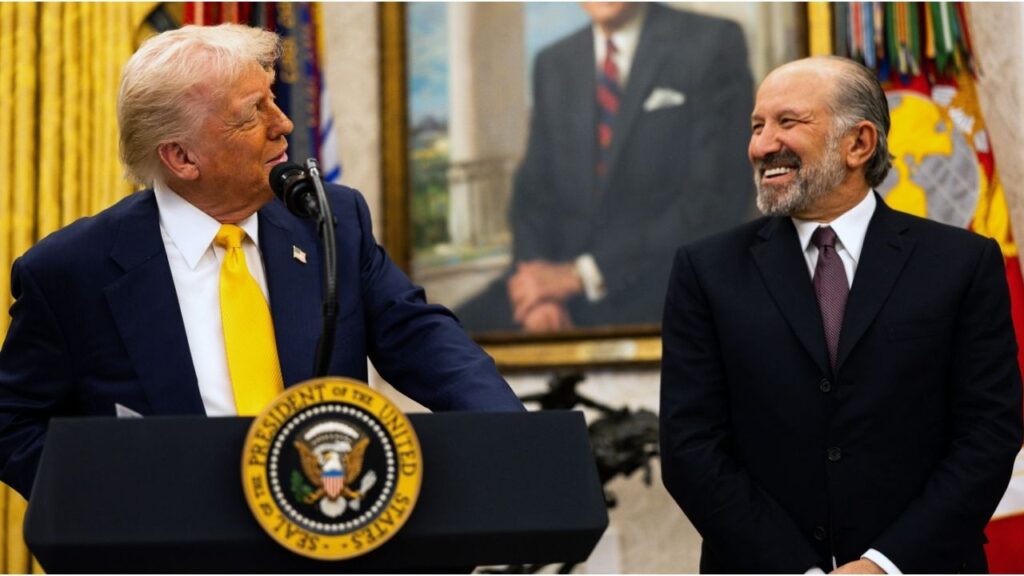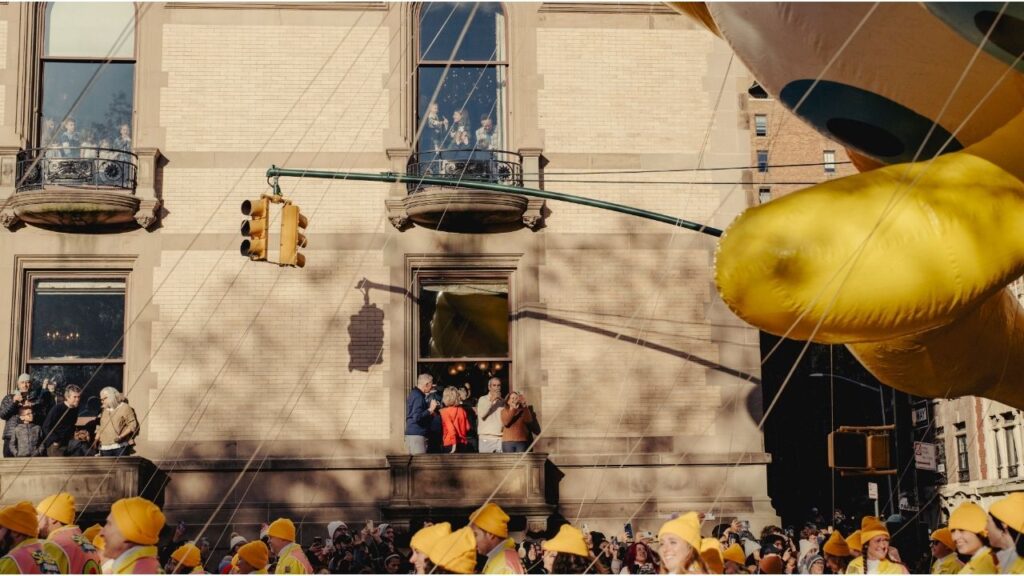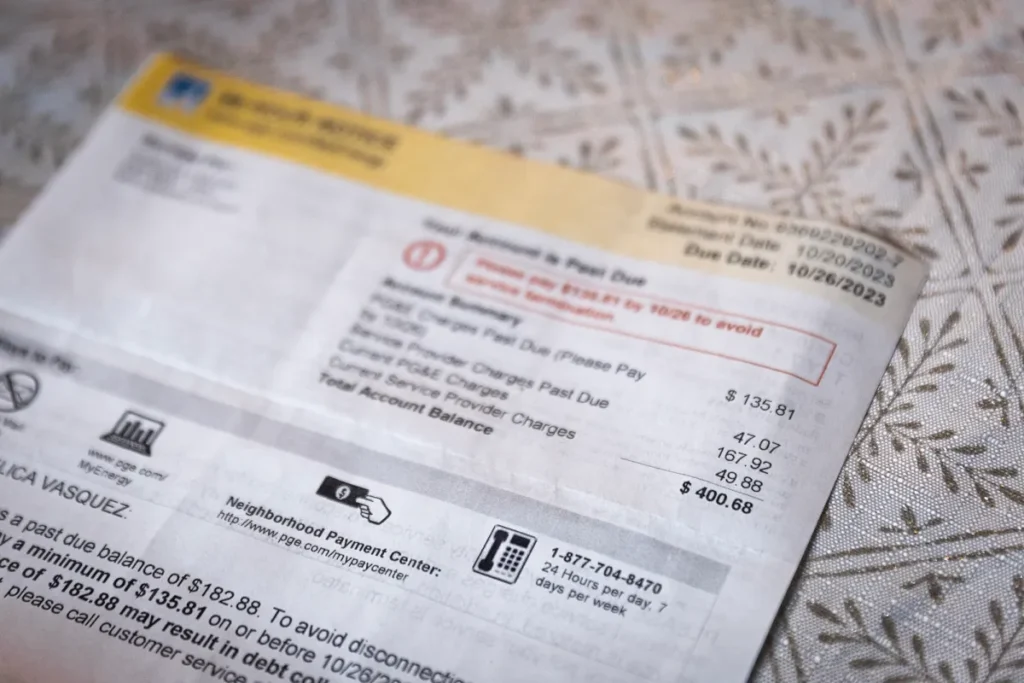Share
WASHINGTON — The Federal Reserve unleashed a new series of moves Thursday to try to make loans available to states, localities and companies that have been hard hit by the coronavirus.
In doing so, the Fed will pump an additional $2.3 trillion into the U.S. economy. The central bank, in part, is drawing on money made available in Congress’ new economic relief package to buy municipal bonds as well as debt that did not previously qualify for federal backing.
The extraordinary rescue package comes on top of efforts the Fed has already made to bolster the economy, including cutting its benchmark interest rate to near zero and supplying more than $1 trillion to purchase Treasury and mortgage-backed securities to help keep credit flowing.
On the same day that the number of Americans seeking unemployment benefits reached 16.8 million in just the past three weeks, Chairman Jerome Powell said the Fed fully intended to use its powers “forcefully, proactively and aggressively until we are confident that we are solidly on the road to recovery.”
On Wall Street, the Dow jumped 300 points after the Fed action.
Powell said there was “every reason to believe that the economic rebound, when it comes, can be robust” because the economy was doing well before the virus hit.
The Fed said it was activating a Main Street Lending Program authorized by the CARES Act, the largest economic relief package ever passed by Congress.
Powell said there was “every reason to believe that the economic rebound, when it comes, can be robust” because the economy was doing well before the virus hit.

Paycheck Protection Plan for Small Businesses Off to Rocky Start
Among the actions taken Thursday, the Fed activated a loan program for municipal governments, as well as additional support for the Paycheck Protection Program, which the Small Business Administration rolled out last week. The program provides loans to businesses with fewer than 500 employees.
The Main Street lending program “will make a significant difference for the 40,000 medium-sized businesses that employ 35 million Americans,” Treasury Secretary Steven Mnuchin said.
The government’s pay protection plan for small businesses is off to a rocky start. Businesses have had difficulty getting banks to provide the loans. The banks have said that the government has not made clear how they should process such loans, even what forms businesses are required to use.
The Fed on Thursday said it would purchase up to $500 billion of municipal bonds to help state and local governments borrow enough to cover day-to-day operations, from road repairs to hospital expansions.
Both state and local governments are facing precipitous drops in revenue as sales tax receipts plunge and millions of Americans lose jobs and pay less income tax. At the same time, governments are facing rising social safety net costs, as the ranks of unemployment insurance and Medicaid recipients swell.
Yet the market for new municipal bonds dried up in late March, as investors dumped state and local bonds as well as other securities in a rush to hoard cash. That sent interest rates on muni bonds soaring, nearly closing down the market. The Fed’s actions are intended to rejuvenate the $3.8 trillion market for municipal bonds and lower the rates state and local governments pay. That should help government agencies avoid more layoffs.
The Fed Said It Would Expand a Credit Backstop for New Debt
Responding to questions after his speech, Powell was not specific on when he believes that the recovery might begin, suggested it could begin in the second half of this year.
“When the virus runs its course, we would expect there to be a fairly quick rebound as people go back to work,” Powell said. But he added that such an outcome depends on people “staying home and staying healthy” now.
Powell said he was not worried at present that all the money being supplied to the economy from the $2.2 trillion CARES Act and the Fed’s loan programs would fuel inflation.
He said that had been a concern among some about runaway inflation when the Fed was conducting billions of dollars of bond purchases to support to the economy after the 2008 financial crisis. But instead of higher inflation, the economy has gone through more than a decade of very low inflation, below the Fed’s 2% target.
Many of the support programs the Fed is deploying against the virus shutdown are similar to programs it utilized to support the economy following the 2008 financial crisis. But in many cases the Fed is going farther than it did in 2008 to back riskier types of credit.
In its Thursday announcement the Fed said it would expand a credit backstop for new debt issued by highly rated firms to include so-called “fallen angels” — companies that were investment grade in mid-March but have subsequently been downgraded from triple-B to double-B.
“The Fed has dramatically increased the scale of its prospective interventions,” said Krishna Guha, a former official with the Federal Reserve Bank of New York who is now with Evercore.
RELATED TOPICS:
Categories

SNAP Recipients Plan Thanksgiving, Down to Their Last Cent

A Year Later, Donors to Trump’s Transition Come to Light

How to Watch the Macy’s Thanksgiving Day Parade
















